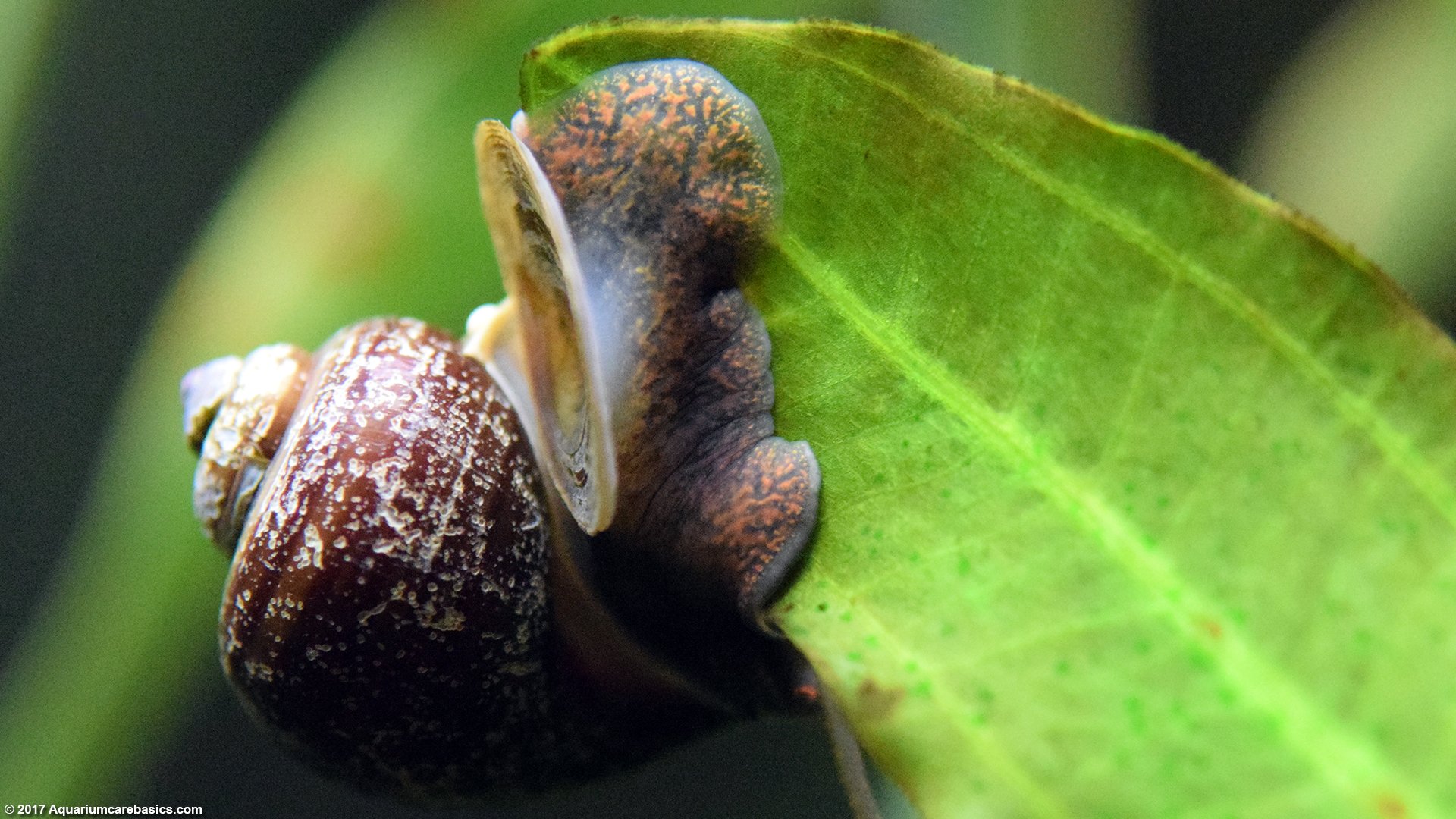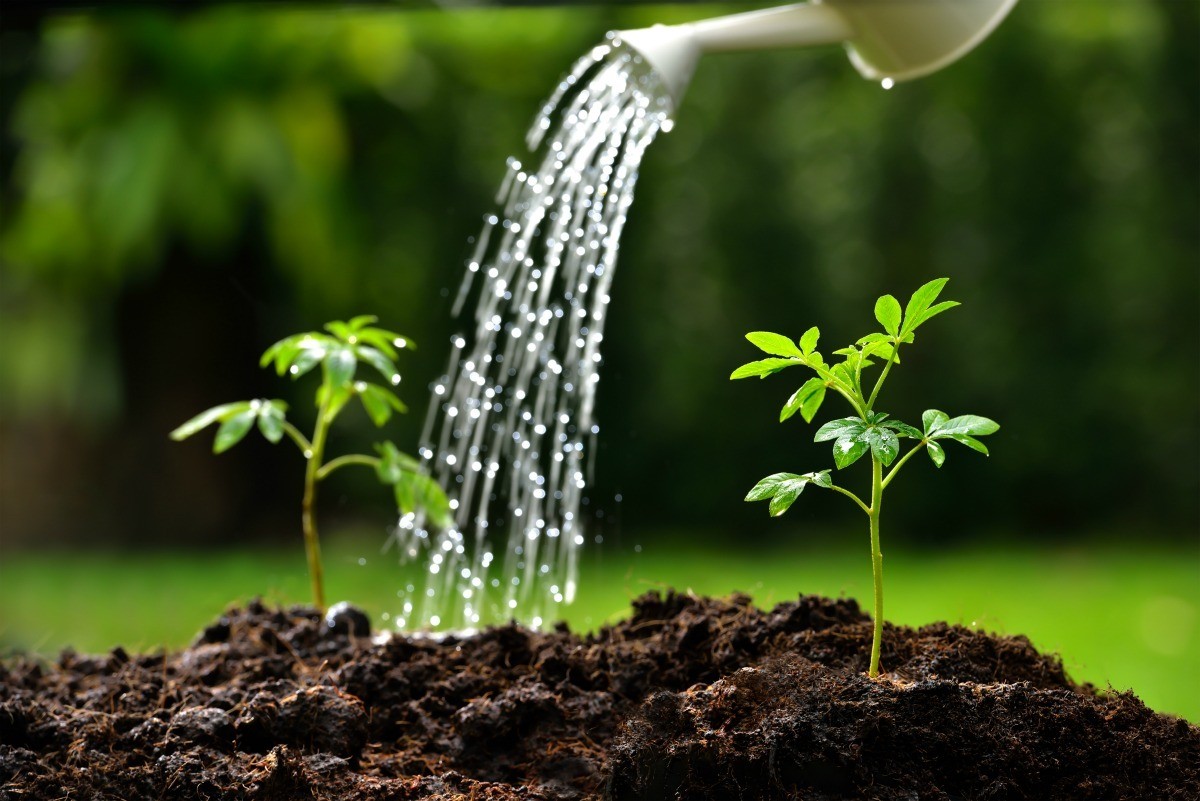Mystery snails are a popular addition to many freshwater aquariums, appreciated for their interesting behavior and ability to help keep the tank clean. However, one common question among aquarium enthusiasts is: do mystery snails eat plants? This guide aims to provide a detailed answer to this question and offer practical care tips for maintaining a healthy environment for your mystery snails and plants.
Understanding Mystery Snails
What Are Mystery Snails?
Mystery snails, scientifically known as Pomacea bridgesii, are a type of freshwater snail native to South America. They are characterized by their vibrant colors, ranging from golden yellow to dark brown, and their unique ability to breathe both underwater and at the surface through a siphon.
The Role of Mystery Snails in Aquariums
Mystery snails are often introduced into aquariums for their beneficial role in cleaning. They feed on algae, uneaten fish food, and decaying plant matter, which helps maintain water quality. However, their dietary habits sometimes lead to concerns about their potential impact on live plants in the tank.
Do Mystery Snails Eat Plants?

The Diet of Mystery Snails
Mystery snails are primarily herbivores, feeding on a variety of plant materials. In a natural setting, their diet consists of algae, dead plants, and other organic matter found in their environment. In captivity, they continue to exhibit similar feeding behaviors.
Will Mystery Snails Eat Plants in Your Aquarium?
The short answer is: it depends. While mystery snails prefer decaying plant material and algae, they may occasionally nibble on healthy plants if other food sources are scarce. However, they are generally not known to cause significant damage to well-maintained plants.
Factors Influencing Plant Consumption
Availability of Food Sources
One of the primary factors influencing whether mystery snails will eat live plants is the availability of alternative food sources. If the aquarium has ample algae and decaying plant matter, mystery snails are less likely to resort to eating healthy plants.
Types of Plants in the Aquarium
Some plant species are more resilient to snail grazing than others. For example, hardy plants with tough leaves, such as Java fern and Anubias, are less likely to be damaged by mystery snails. In contrast, delicate plants with soft leaves may be more vulnerable.
Snail Population Density
The number of mystery snails in the aquarium can also impact plant health. A high population density may increase the likelihood of snails turning to live plants as a food source due to competition for available resources.
Care Tips for Mystery Snails and Plants

Providing a Balanced Diet
To minimize the risk of mystery snails eating your plants, it’s essential to provide a balanced diet. Supplement their diet with high-quality algae wafers, blanched vegetables (such as zucchini and spinach), and calcium-rich foods to support shell growth.
Maintaining Plant Health
Keeping your aquarium plants healthy and thriving is another way to deter mystery snails from eating them. Ensure that your plants receive adequate light, nutrients, and CO2 to promote robust growth and reduce the likelihood of them becoming a target for snails.
Regular Tank Maintenance
Regular tank maintenance, including cleaning and water changes, helps maintain optimal water conditions and reduces the accumulation of detritus and decaying plant matter. This practice ensures that mystery snails have plenty of natural food sources, reducing their reliance on live plants.
Choosing the Right Plants

Hardy Plant Species
When selecting plants for an aquarium with mystery snails, consider choosing hardy species that are less likely to be damaged. Java fern, Anubias, and Cryptocoryne are excellent choices due to their tough leaves and resilience.
Floating Plants
Floating plants, such as duckweed and water lettuce, can also be a good option. These plants grow rapidly and can provide an additional food source for mystery snails without compromising the aesthetic appeal of your aquarium.
Plant Placement
Strategic placement of plants can help protect them from snail grazing. Position delicate plants in areas that are less accessible to snails, such as behind rocks or other decorations, to reduce the likelihood of them being eaten.
Conclusion
In conclusion, while mystery snails may occasionally nibble on live plants, they are generally not a significant threat to well-maintained aquariums with healthy plant life. By providing a balanced diet, maintaining plant health, and choosing resilient plant species, you can create a harmonious environment where both mystery snails and plants can thrive. Regular tank maintenance and strategic plant placement further enhance the coexistence of these fascinating creatures with your aquatic flora.

